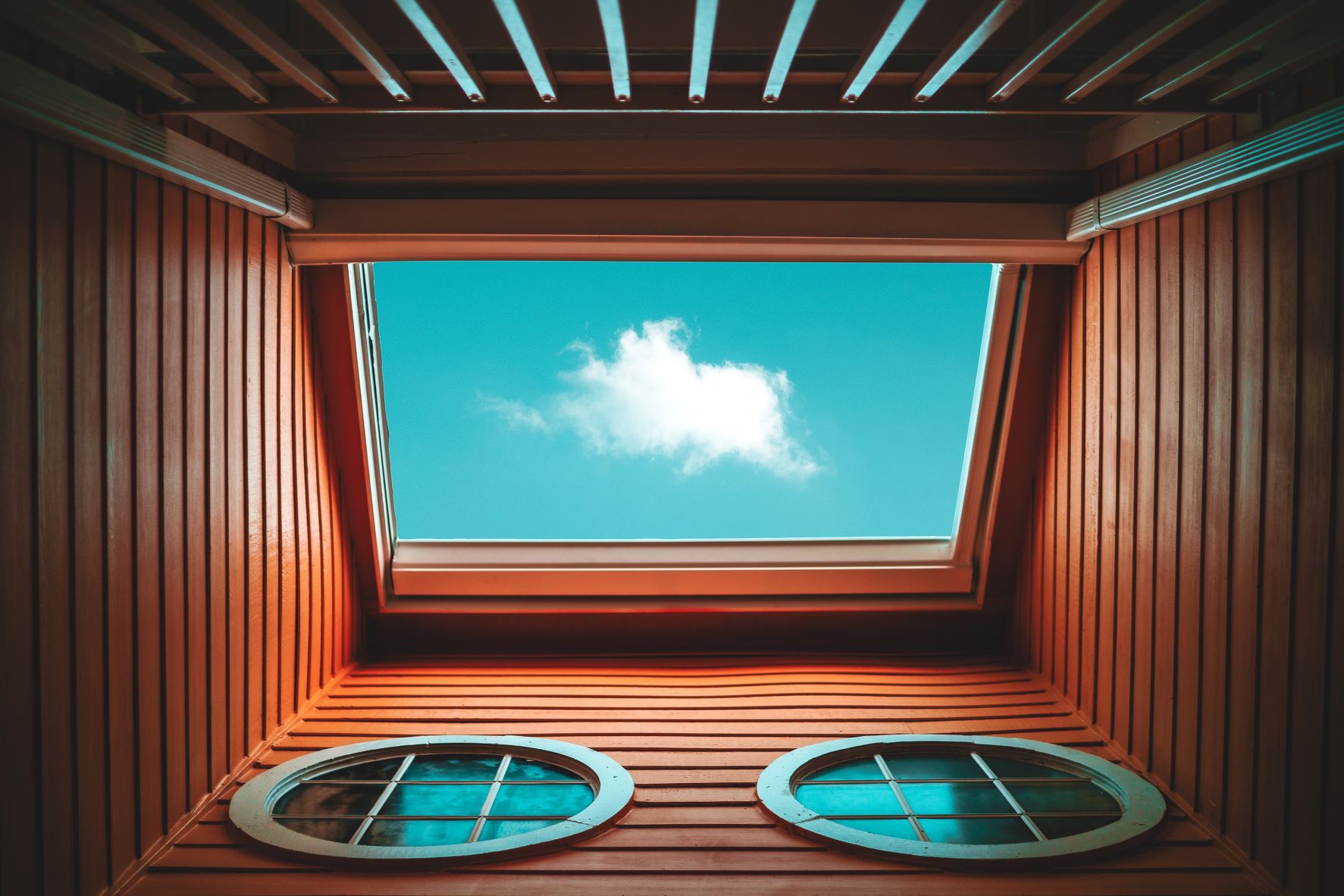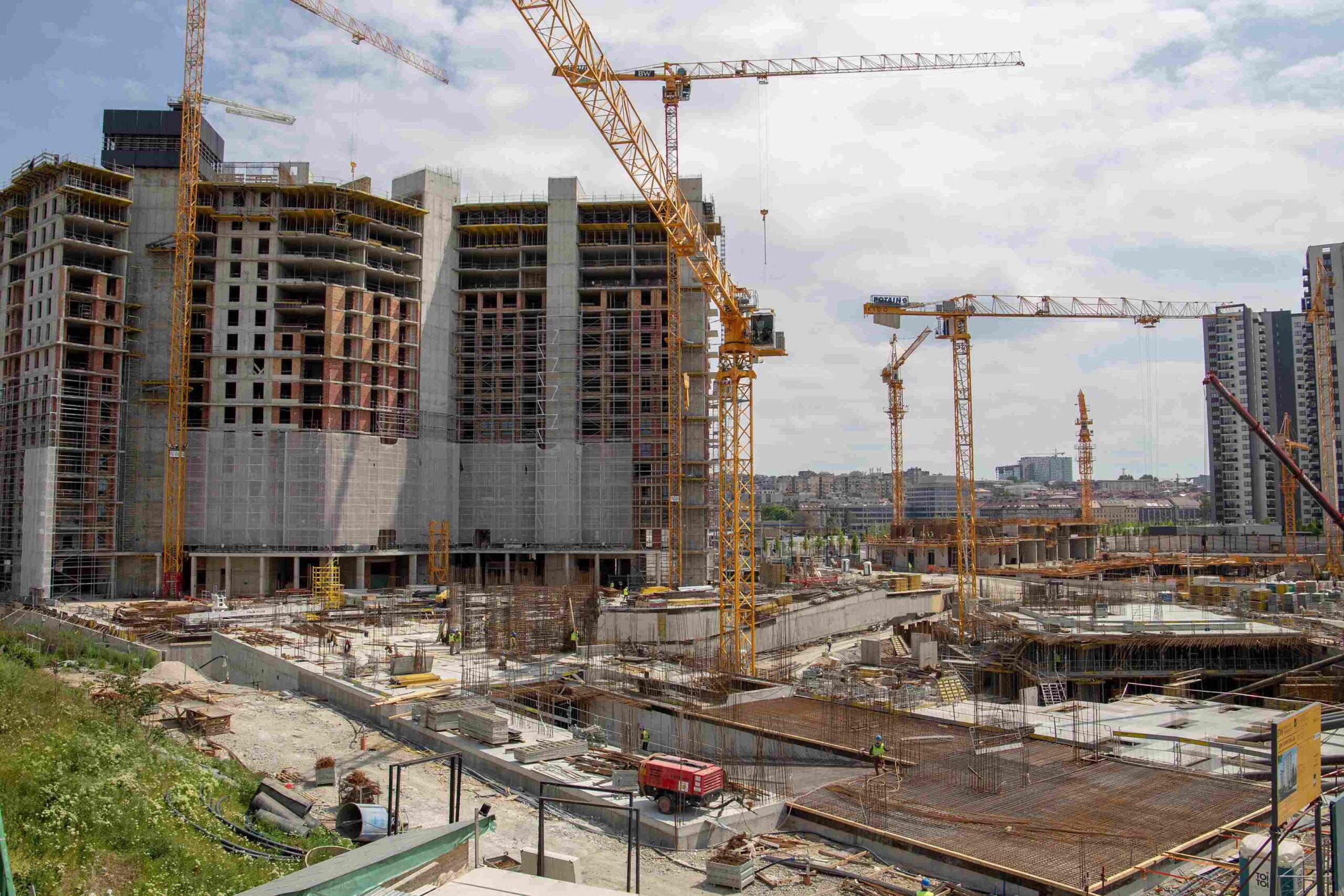What is a Clapboard in Construction?
A clapboard, also known as a weatherboard, bevel siding, or lap siding, is used to cover the outer frame of a building to keep water out. Each one is placed horizontally on the outer wall, overlapping the one below it and making a weather-tight surface. They are generally available from 150 to 200 mm in width and 15 to 16 mm in thickness. For the first time, cleft oak clapboard was used during the 17th century in New England, and after that, clapboard was also made using pine, cypress, and cedar. With modern techniques now, clapboards are made of wood products, vinyl products, synthetic products, etc.
Clapboards are installed horizontally on the outer wall, and each one is installed in such a way that it overlaps the next one down. To keep insects and moisture out, they are mud-nailed to the two-by-four outside frame. A moisture barrier is also installed between the frames of the clapboard. A minimum of 100 mm of the surface of the clapboard is exposed, and 50 mm of the surface is underneath the next clapboard. If the material used for the clapboard is expensive, then the exposed surface can be reduced. Apart from all the materials of clapboard, vinyl clapboards are more efficient and they also require less time for installation.
Types of Clapboard in construction
- Riven
- Radially sawn
- Flat-sawn
- Chamferboard
- Finger jointed
Detailing of Clapboard Wood Siding
Overlapping:- 12.5 to 50mm
Exposed:- 50 to 100 mm
Types of wood used:- Cleft oak, Cedar, Pine, Cypress, and Spruce; depends on the location.
Other materials used:- Aluminium, Vinyl, etc.
Lifespan:- 20 to 40 years (Depends on the maintenance)
Offset from the ground level:- 150 mm clearance
Offset from the roof:- 19 to 50mm
Advantages of Clapboard
- It is naturally sustainable.
- Simple to set up
- Good life over 35+ years.
- An aesthetically pleasing finish
- It can make the inside warmer in winter.
- Protects the inside from rain and snow.
Disadvantages of Clapboard
- Vulnerable to water
- It needs regular maintenance, which makes it more expensive.
- Insects can rot and split them.
- It loses its aesthetic after being exposed to water and eaten by insects.











